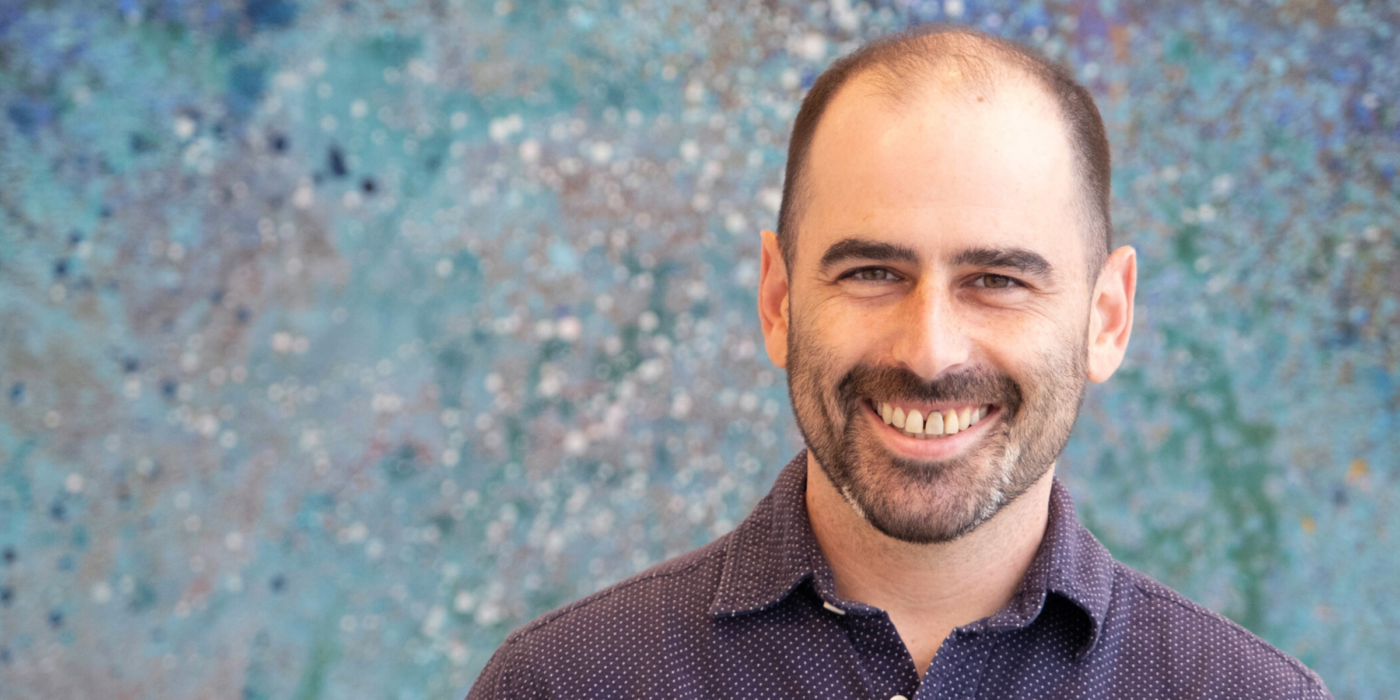Avi I. Flamholz, Ph.D.
Assistant Professor
- Laboratory of Environmental Microbiology
Soil microbes are a major source of uncertainty in climate models. These microbes collectively produce over 400 trillion kilograms of carbon dioxide each year by decomposing organic matter. Combining methods from genomics, synthetic biology, and computational science, Flamholz works to understand the genetics that underlie microbial nutrient processing, and to model how the complex dynamics at play in microbial communities contribute to global warming.
Anthropogenic carbon dioxide emissions have destabilized the climate, threatening the health of humans. In this precarious moment, it is crucial to understand Earth’s carbon cycle and develop theories to predict its future trajectory. Many models today, however, do not account for the complex roles played by microbial processes. Photosynthesis removes carbon dioxide from the atmosphere, and microbial respiration releases it. Amazingly, these biological fluxes exceed anthropogenic emissions by tenfold, yet the difference between photosynthesis and respiration is smaller and fluctuates annually. Consequently, some climate models predict a net biological carbon sink while others forecast massive carbon dioxide release from global soils. Understanding how communities of microbes release and absorb carbon in different environments will help lead to more accurate climate models and will inform strategies to manage carbon fluxes.
Microbial communities are the dominant catalysts of soil respiration, producing carbon dioxide from organic matter by transfer of carbon-bound electrons to oxygen. The amount of respiration in a given sample of soil, corresponding to the amount of carbon dioxide per square meter per year, is therefore an emergent property, reflecting cooperation, antagonism, and resource competition among the species present.
As a postdoc, Flamholz built computational tools to model the coupling of microbial growth and respiration in 3D environments resembling soils. At Rockefeller, his laboratory aims to build a predictive understanding of soil respiration by: quantifying the physiological limits of respiration using model bacteria; testing high-diversity limits on soil respiration with experimental models of microbial communities; and using machine learning to infer the chemistry of soils, including pH, nitrogen levels, and phosphorus content, from sequencing data, thereby constructing a global chemical map to enable global prediction of soil respiration. The lab is also actively pursuing carbon-negative microbial biotechnologies for making sustainable food and materials.
Today, microbes are a complication for climate modelers, and, despite tremendous excitement, bioengineers have so far made a negligible dent in greenhouse gas emissions. Flamholz’s research aims to map a future where microbiology knowledge becomes a key resource contributing to our collective efforts to cohabitate with our living planet.
Flamholz is a faculty member in the David Rockefeller Graduate Program and the Tri-Institutional M.D.-Ph.D. Program.
